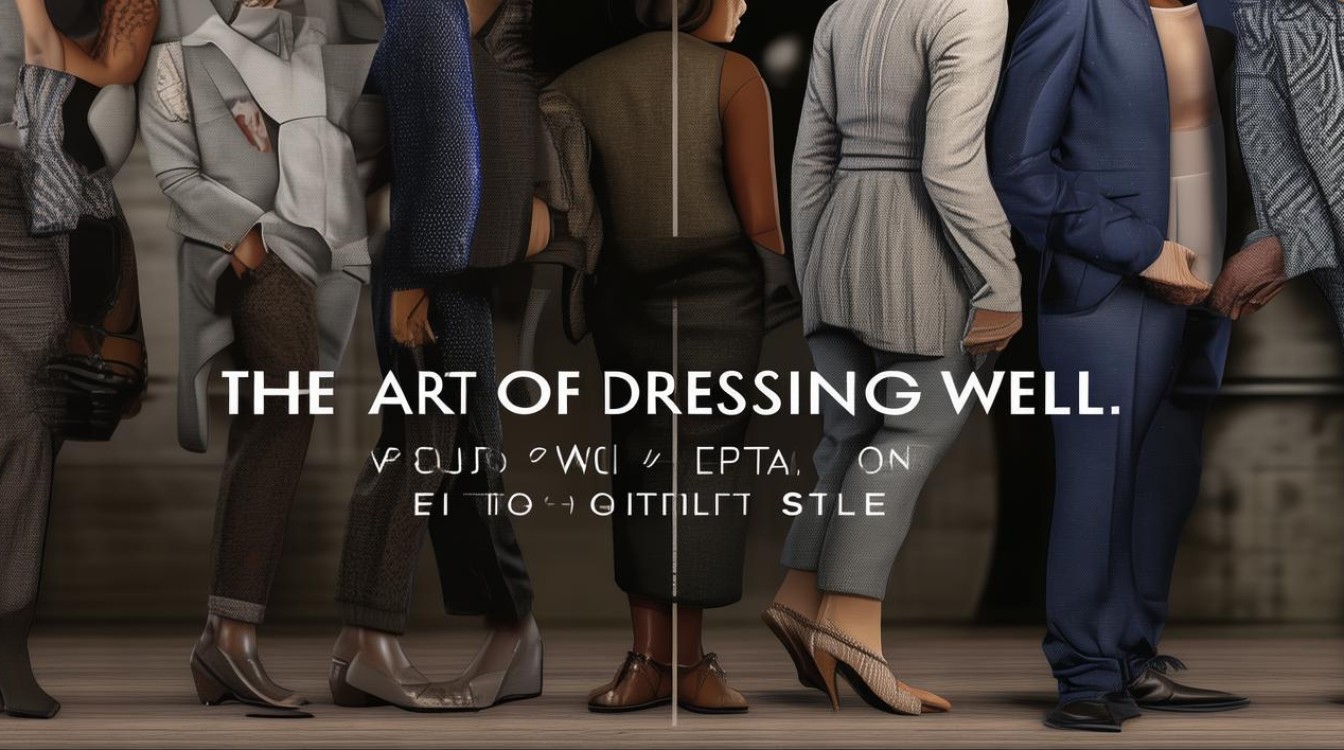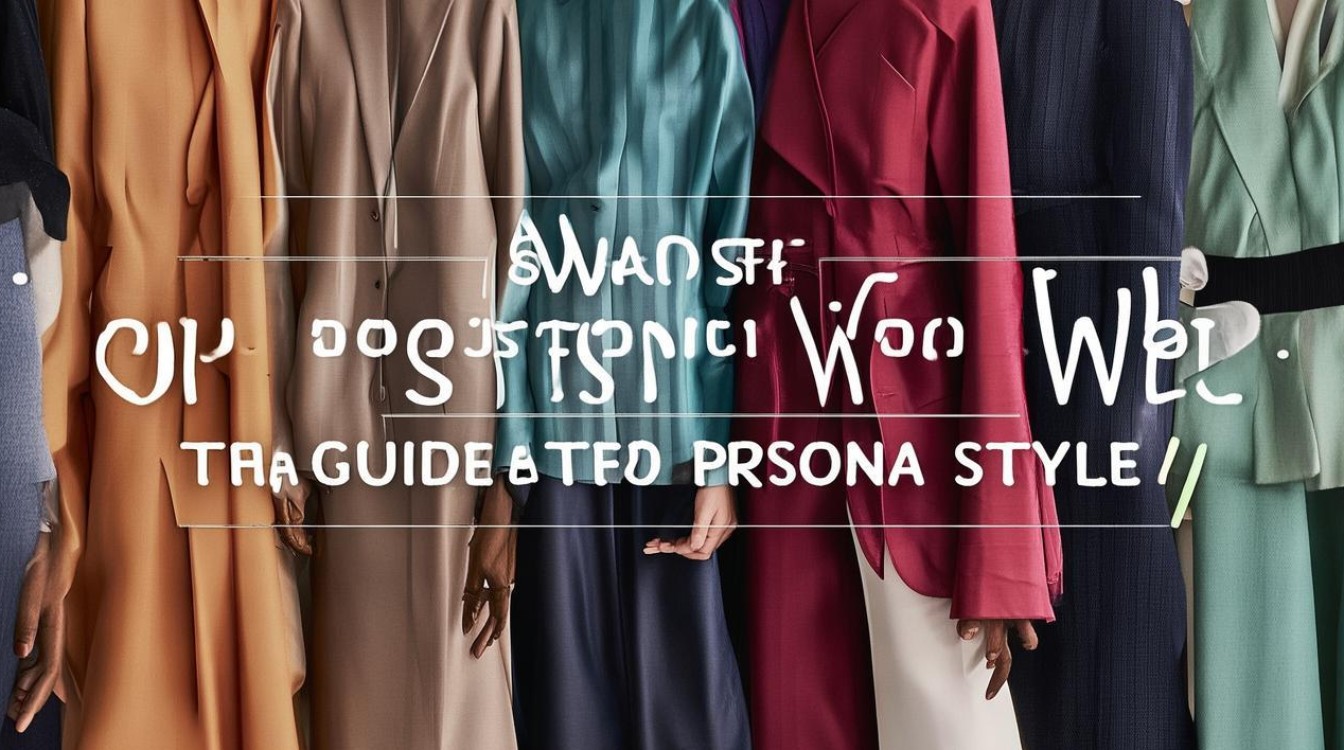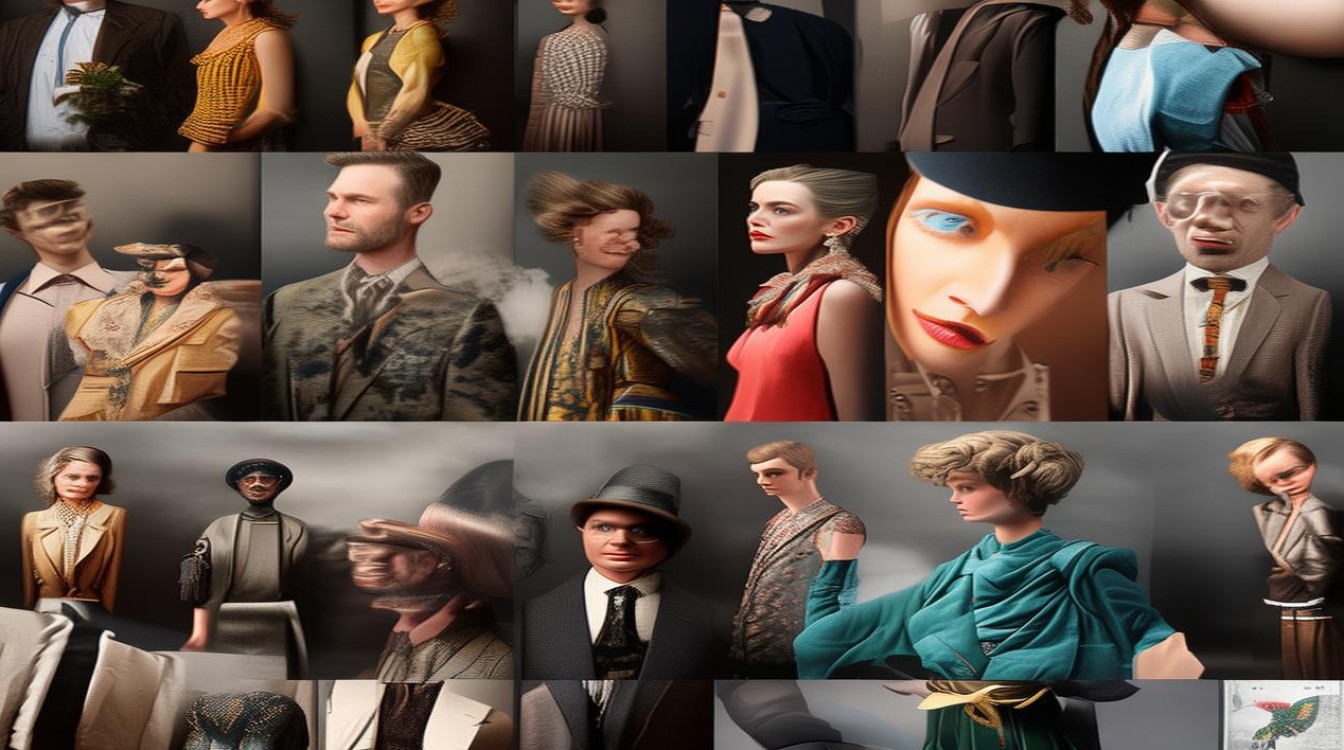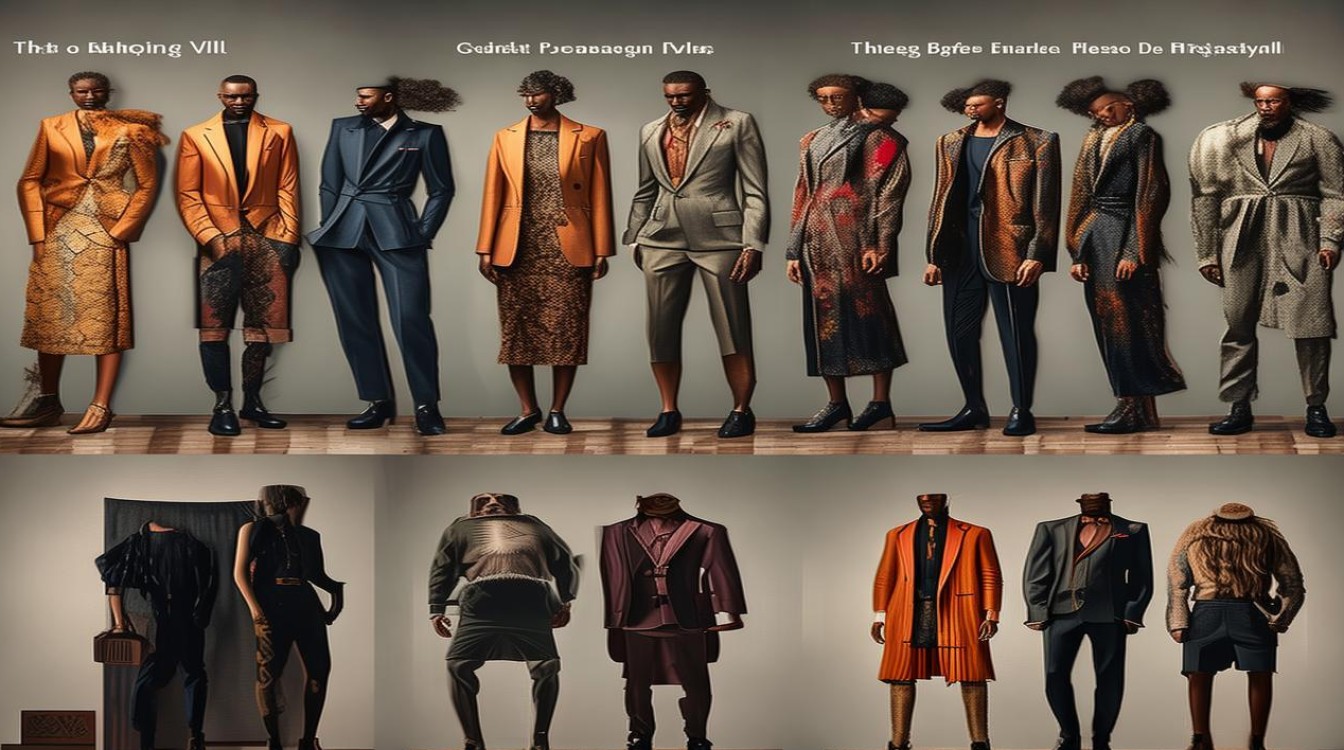Dressing well is more than just putting on clothes—it’s a form of self-expression, confidence, and respect for oneself and others. Whether for work, social events, or daily life, the way we present ourselves influences how we are perceived. This article explores the importance of dressing well, key principles of fashion, and practical tips for refining personal style.

Why Dressing Well Matters
First impressions are often formed within seconds, and clothing plays a significant role. A polished appearance can convey professionalism, creativity, and attention to detail. In professional settings, well-chosen attire enhances credibility, while in social situations, it reflects personality and effort.
Beyond external perceptions, dressing well boosts self-confidence. When we feel good in what we wear, it positively affects our mood and behavior. Studies suggest that clothing impacts cognitive performance, a phenomenon known as "enclothed cognition." For example, wearing formal attire may enhance abstract thinking, while casual wear promotes comfort and relaxation.
Key Principles of Fashion
Fit is Everything
No matter how stylish an outfit is, poor fit ruins its appeal. Clothes should complement body shape without being too tight or loose. Tailoring is an excellent investment for achieving a perfect fit, especially for formal wear.
Color Coordination
Understanding color theory helps create harmonious outfits. Neutral tones (black, white, gray, beige) are versatile and easy to mix, while bold colors add vibrancy. The color wheel can guide combinations—analogous colors (next to each other) create cohesion, while complementary colors (opposite) offer contrast.
Balance and Proportion
A well-balanced outfit considers proportions. Pairing a loose top with fitted pants or a structured blazer with a flowy dress creates visual harmony. Avoid overwhelming the frame with oversized pieces unless styled intentionally.

Quality Over Quantity
Investing in timeless, high-quality pieces ensures longevity. A well-made blazer, classic white shirt, or durable denim outlasts fast fashion trends. Sustainable fashion choices also reduce environmental impact.
Accessorize Thoughtfully
Accessories elevate an outfit but should not overpower it. A statement watch, minimalist necklace, or elegant scarf can add personality without clutter. Shoes and bags should complement the overall look.
Dressing for Different Occasions
Professional Attire
In corporate environments, formal wear is often expected. For men, a tailored suit with a crisp shirt and polished shoes is standard. Women can opt for a pantsuit, knee-length dress, or blouse with a pencil skirt. Neutral colors project professionalism, while subtle patterns add interest.
Business casual allows more flexibility—chinos with a collared shirt or a blazer with dark jeans work well. Footwear should remain refined (loafers, oxfords, or clean sneakers).
Casual and Social Wear
Weekend outfits can reflect personal style while maintaining neatness. A well-fitted t-shirt with jeans and sneakers is a classic combo. Layering with a jacket or cardigan adds depth. For social events, consider the dress code—cocktail attire may require a dress or smart separates, while a beach outing calls for breathable fabrics.

Seasonal Adaptations
Weather influences clothing choices. Lightweight fabrics like linen and cotton suit summer, while wool and cashmere provide warmth in winter. Layering is key for transitional seasons—a turtleneck under a blazer or a trench coat over a sweater balances comfort and style.
Building a Versatile Wardrobe
A capsule wardrobe simplifies dressing by focusing on essential, interchangeable pieces. Key items include:
- Tops: White shirt, neutral sweaters, versatile blouses
- Bottoms: Dark jeans, tailored trousers, midi skirt
- Outerwear: Blazer, trench coat, leather jacket
- Footwear: Loafers, ankle boots, white sneakers
Mixing and matching these basics creates numerous outfit combinations. Adding a few statement pieces (a printed dress, bold accessory) keeps the wardrobe dynamic.
Common Fashion Mistakes to Avoid
- Ignoring Comfort: Style shouldn’t sacrifice comfort. Uncomfortable shoes or restrictive clothing hinder confidence.
- Over-Trending: While trends are fun, relying solely on them leads to a dated wardrobe. Balance trendy items with classics.
- Neglecting Grooming: Clothing is only part of the equation. Well-groomed hair, clean nails, and good hygiene complete the look.
The Psychological Impact of Clothing
Clothing choices affect mental state. Wearing workout gear may motivate physical activity, while cozy loungewear signals relaxation. Dressing up, even at home, can improve productivity and self-perception.
In social psychology, the concept of "enclothed cognition" suggests that clothing influences behavior. For instance, wearing formal attire may increase feelings of authority, while casual wear fosters approachability.

Sustainable Fashion Choices
Fast fashion’s environmental toll makes sustainable dressing crucial. Opting for second-hand shopping, supporting ethical brands, and repairing garments reduce waste. Choosing natural fibers (cotton, wool, silk) over synthetics also minimizes environmental harm.
Final Thoughts
Dressing well is an art that blends aesthetics, psychology, and practicality. It’s not about following every trend but understanding what works for individual style and lifestyle. By prioritizing fit, quality, and occasion-appropriate choices, anyone can cultivate a wardrobe that reflects confidence and sophistication.
Fashion is a language—what does your outfit say about you?

